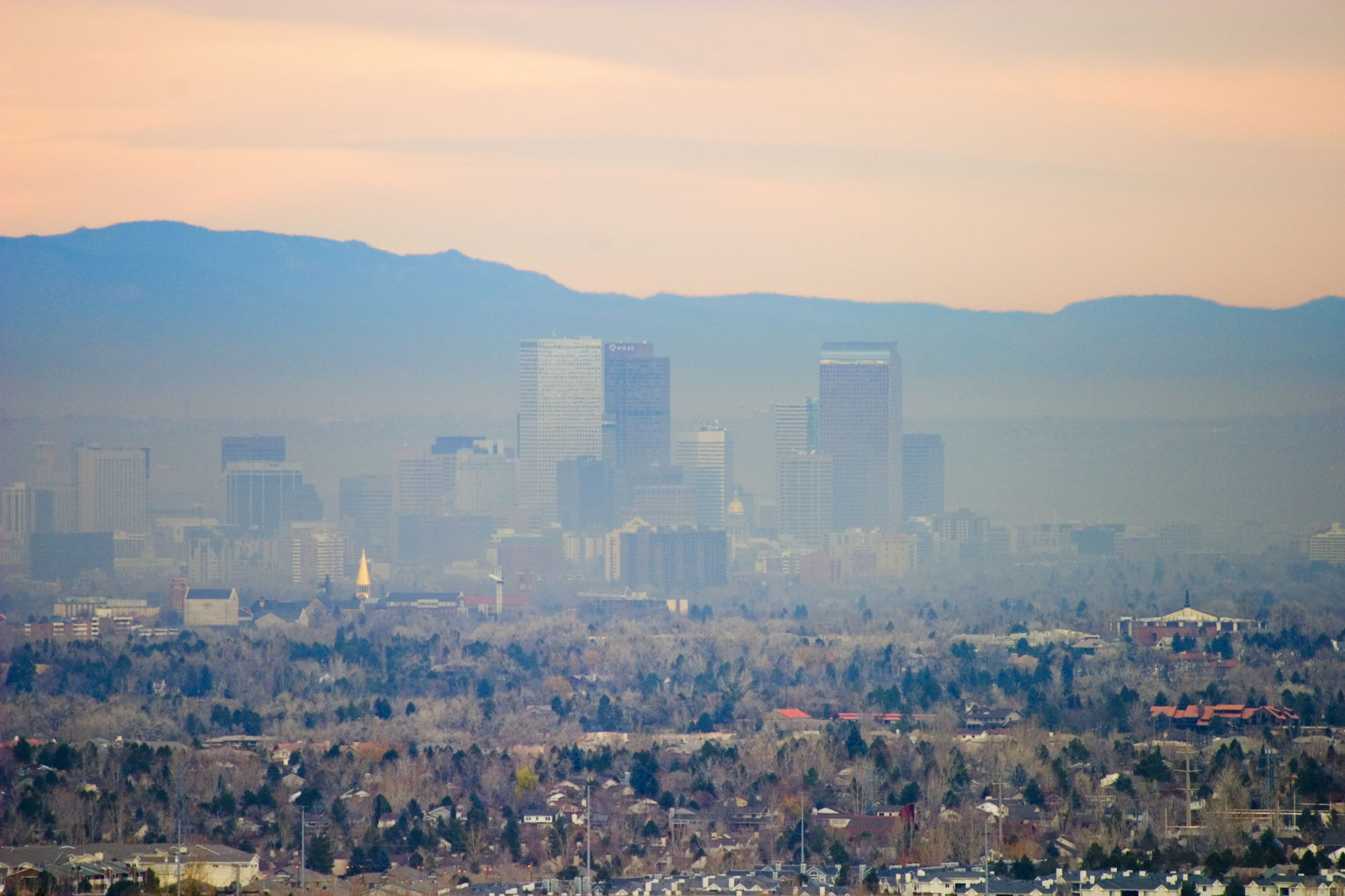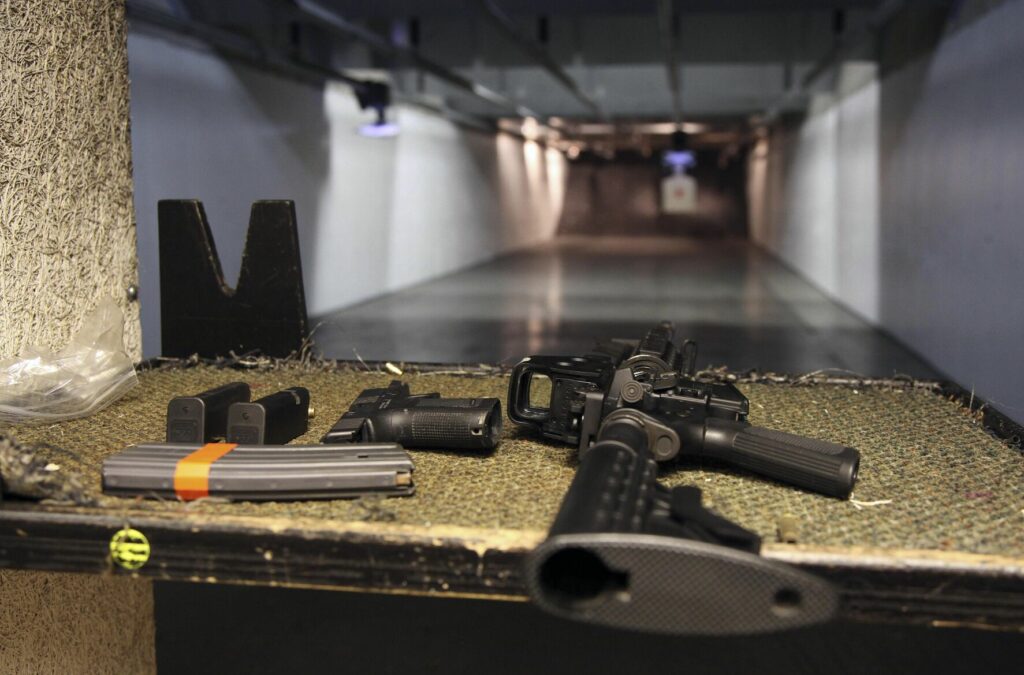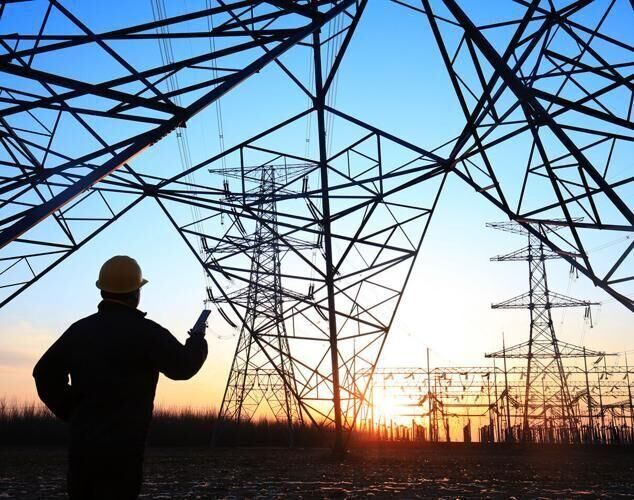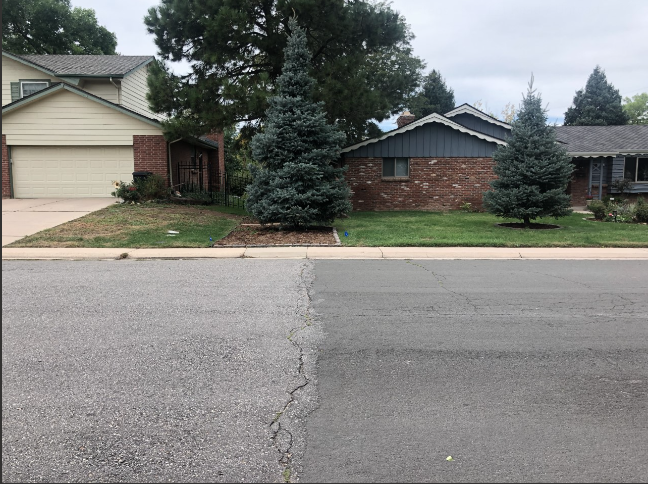FEEDBACK | Crying wolf with Denver air quality

It seems the Environmental Protection Agency with its latest “severe violator” air quality designation believes the Denver metro area has returned to the depths of the brown cloud era of 50 years ago.
Denver’s 8-hour ozone averages peaked at a staggering 310 parts-per-billion (ppb) in 1972. Decades later, through proper regulations and vehicle emissions testing, 8-hour averages in the EPA’s most recent evaluation period (2018-2020) have admirably been reduced to 81 ppb.
Primarily under Democratic administrations, the EPA keeps lowering its ozone public health standard, initially 120 ppb in 1979 (1-hour), then progressively dropping to 8-hour averages of 80 ppb in 1997, 75 ppb in 2008 and the present-day 70 ppb adopted in 2015.
Ozone at 70 ppb poses potential harm to a very small, sensitive portion of the population and should not be used to trigger Ozone Action Alert Days. Where are the numbers in Denver showing serious illness or death that can directly be attributed to marginal ozone levels?
It’s become a cry wolf scenario for the general public with very few people restricting their driving habits over the excessive alerts.
Denver’s 81 ppb ozone averages are only infinitesimally above EPA’s very rigid standards. Compared to the 300 ppb levels of yesteryear, it would be a travesty to force expensive and less energy efficient E15 gasoline (15% ethanol) on the northern Front Range driving public.
When you see enviro-leftist Gov. Jared Polis opposing an EPA special gas mandate, you know it must be an egregious deal for Colorado.
Dave Larison
Longmont
The author is a retired meteorologist who worked for the National Weather Service.
Send us your feedback: Click here.














